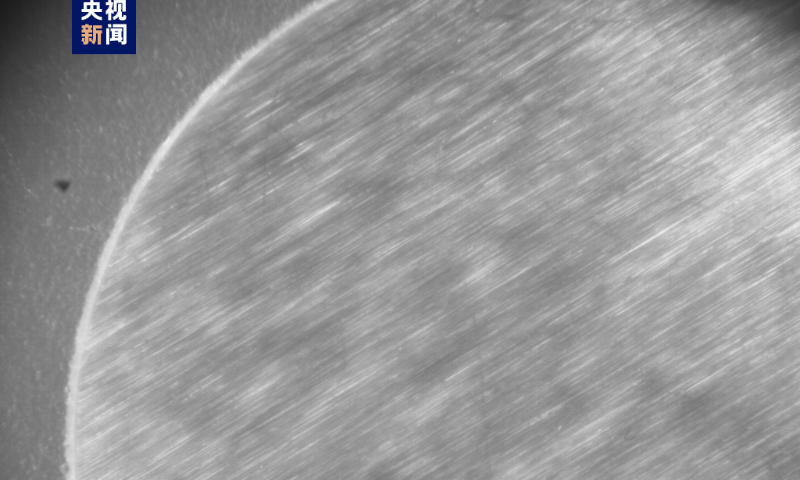
Photo: CCTV News
The materials exposure experiment device mounted outside the China Space Station, which has been outside the cabin since March 8, 2023, has completed one year of in-orbit experiments. The device and the first batch of more than 400 material samples installed in it successfully completed the external exposure experiment and returned to the space station on Thursday night, according to CCTV News.
In the experiments conducted on the China Space Station, some are carried out inside the station, while others need to be conducted outside the station. The sample retrieval operation this time was carried out by the station's robotic arm. At around 9 pm on Thursday, Beijing time, the material exposure experiment device and sample assembly installed outside the Wentian module were transferred to the space station's airlock module.
On Friday, taikonauts will transfer the retrieved assembly from the airlock module to the Mengtian experimental module. With remote assistance from ground technicians, the scientific experiment samples inside the device will be disassembled and stored. The subsequent experimental samples will be returned to Earth with the Shenzhou spacecraft and handed over to scientists for further ground research.
According to reports, the first batch of materials for the external exposure experiment includes two categories, non-metallic and metallic, with 407 items in total. The related research can promote the space application of advanced materials such as flexible solar wings, space mechanism lubricants, lunar base construction materials, and neutron shielding materials in precision electronic devices.
A new batch of scientific experiment samples will be sent in batches, including passive radiation cooling materials, polyimide fiber materials, optical fiber materials, and optical film materials, which have been transported to the space station by the Tianzhou-7 cargo spacecraft. In May, taikonauts will install them in the material exposure experiment device outside the cabin for another round of exposure experiments.
Global Times
